Common Chicory Issues: How To Avoid Problems With Chicory Plants
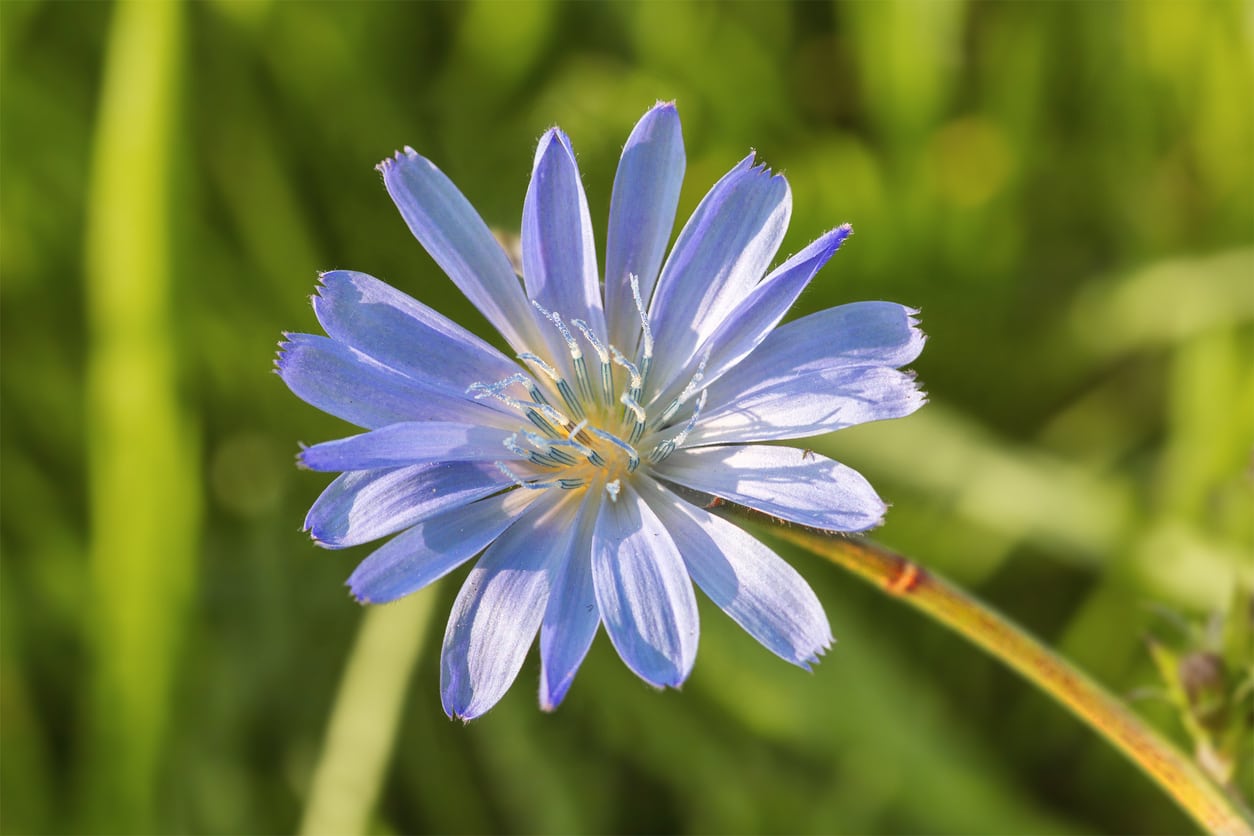

Chicory is a sturdy, green plant that thrives in bright sunlight and cool weather. Although chicory tends to be relatively problem-free, certain problems with chicory may arise – often because growing conditions aren’t quite right. Let’s do a little troubleshooting to determine what’s going on with your ailing chicory plants.
About Chicory Issues
Preventing problems with chicory starts with proper growing conditions and hardy plants. Healthy chicory plants are tougher and less likely to be bothered by various chicory issues. Be sure your chicory plants are planted in fertile, well-drained soil and that they are watered properly. The soil should be uniformly moist but never soggy. Chicory requires several hours of bright sunlight per day. However, keep in mind that chicory is a cool-season crop and won’t do well when temperatures rise in summer. Keep weeds in check, as weeds often serve as host plants for various insects. Additionally, weeds cause crowded conditions that prevent healthy air circulation.
Chicory Plant Problems: Common Insect Pests
Slugs and Snails – Chicory usually isn’t bothered too much by pests – except for slugs and snails. There are a number of ways to control the slimy pests, including either toxic or non-toxic slug baits. Keep the area free of debris and other hiding places. Limit mulch to 3 inches (7.5 cm.) or less. If you aren’t squeamish, you can pick the pests off by hand in the evening or early morning. You can also surround the plant with diatomaceous earth which abrades the pest’s skin. Aphids – Aphids are tiny, sucking pests, frequently found feeding in large numbers on the underside of chicory leaves. Insecticidal soap spray is effective, but several applications may be needed to control a severe infestation. Thrips – Thrips are tiny, narrow insects that suck the sweet juices from chicory plant leaves. As they feed, they leave silvery specks or streaks and distorted leaves, and can significantly weaken a plant if left untreated. Thrips may also transmit harmful plant viruses. Like aphids, thrips are easily treated with insecticidal soap spray. Cabbage loopers – Cabbage loopers are pale green caterpillars with white lines running down the sides of their bodies. The pests can cause significant damage when they chew holes in the leaves. You can remove the pests by hand or apply Bt (Bacillus thuringiensis), a naturally occurring bacteria that kills caterpillars by damaging the cell membranes. Leaf miners – Leaf miners are easily spotted by the thin, white trails on chicory foliage. A serious infestation can cause leaves to drop from the plant. Leaf miners can be difficult to control. Avoid pesticides because the toxins will kill beneficial insects that keep leaf miners in check. Instead, consider purchasing parasitic wasps and other insects that feed on leaf miners.
Common Diseases Problems With Chicory
Root rot, which is usually deadly, causes rotten, foul-smelling roots and weak, mushy stems. Prevent root rot by planting in well-drained soil. Water carefully, as rot commonly occurs in soggy, waterlogged conditions. Avoid overcrowding, which inhibits air circulation. Viruses cause stunted growth and yellow, brittle leaves. Control aphids, as many viruses are transmitted by the tiny pests.
Gardening tips, videos, info and more delivered right to your inbox!
Sign up for the Gardening Know How newsletter today and receive a free copy of our e-book "How to Grow Delicious Tomatoes".

A Credentialed Garden Writer, Mary H. Dyer was with Gardening Know How in the very beginning, publishing articles as early as 2007.
-
 Creative Ideas For Plant Containers: 7 Ways To Save Money And Add Charm To A Garden
Creative Ideas For Plant Containers: 7 Ways To Save Money And Add Charm To A GardenIf you are looking for great ways to add personality to your container gardening – and even save yourself some money – then try these creative ideas for plant containers
By Mary Ellen Ellis
-
 How To Make A Bouquet Garni Or Herb Bundle For Cooking
How To Make A Bouquet Garni Or Herb Bundle For CookingIf you’re a great cook, you may have made an herb bundle before. If this is a new idea, learn how to add sparkle and interest to your dish with a bouquet garni.
By Amy Grant
-
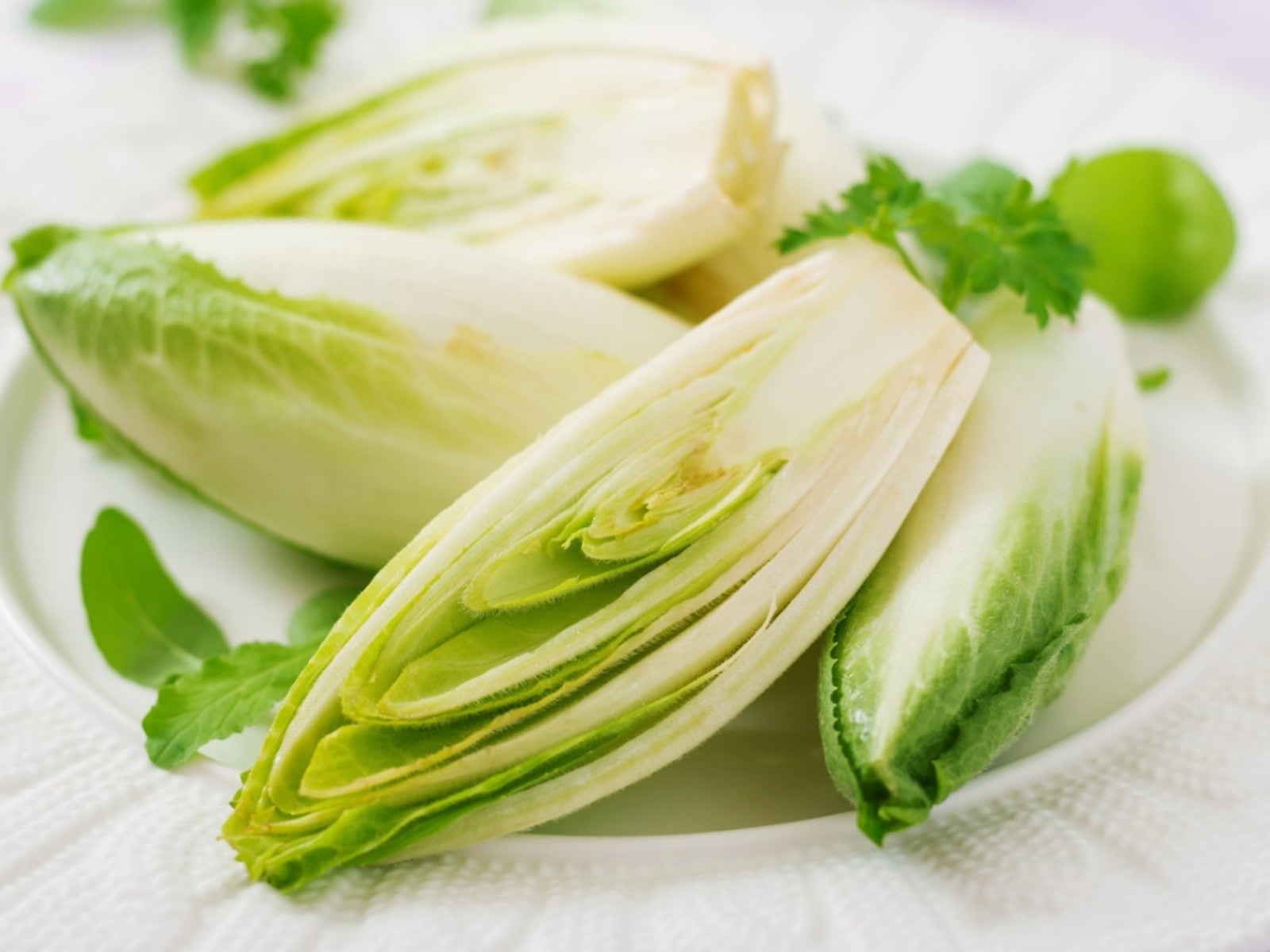 Different Types Of Chicory: What Are Chicory, Endive, And Escarole
Different Types Of Chicory: What Are Chicory, Endive, And EscaroleEndive or Chicory? If you’ve ever found yourself wondering which you should use in a recipe, you’ve come to the right place.
By Laura Miller
-
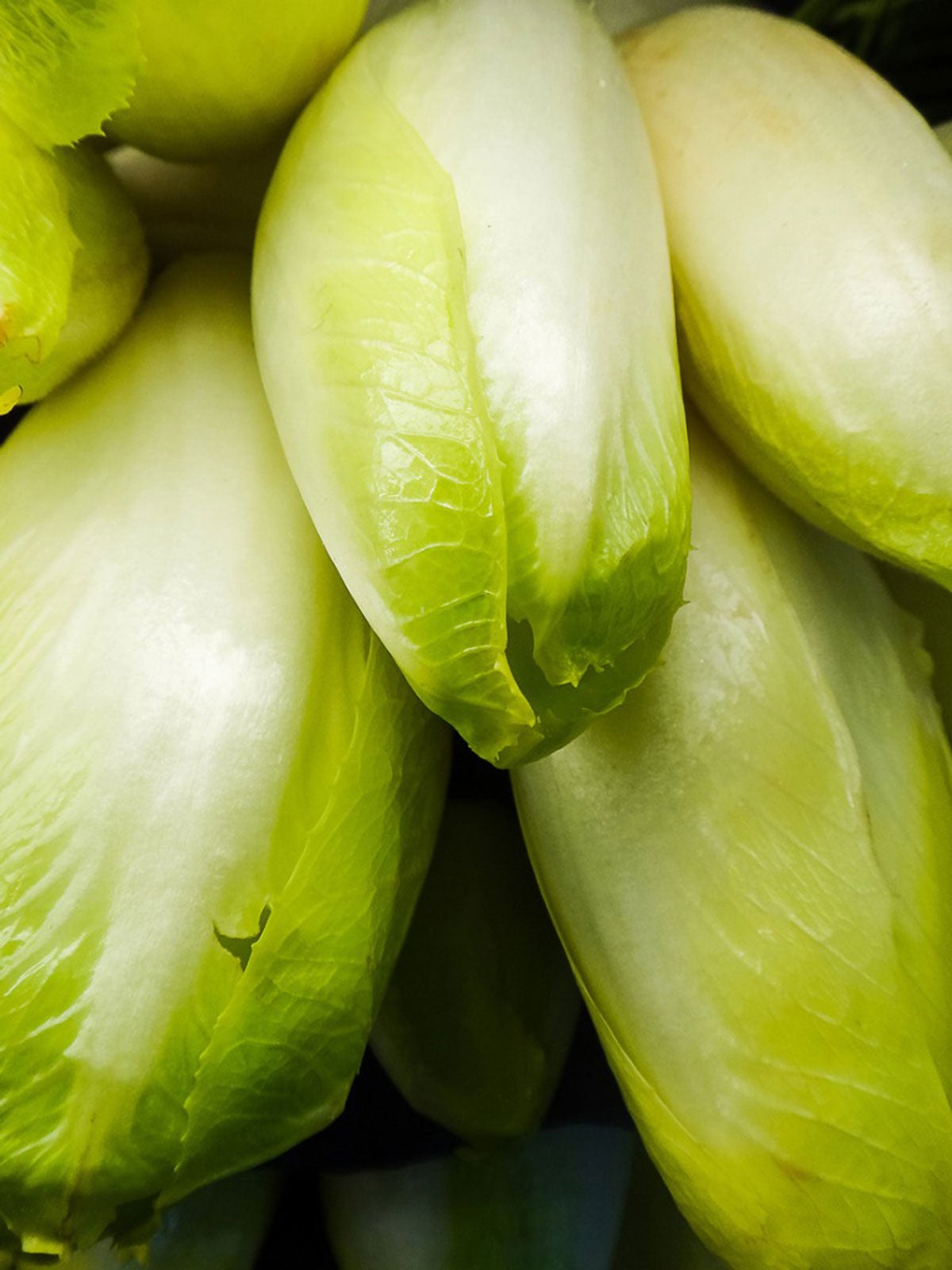 Belgian Endive Info – Tips For Growing Witloof Chicory Plants
Belgian Endive Info – Tips For Growing Witloof Chicory PlantsWitloof chicory is a weedy-looking plant. That's not surprising, as it's related to the dandelion and has frilly, pointed dandelion-like leaves. What is surprising is that witloof chicory plants have a double life. Click here to learn more about this amazing plant.
By Laura Miller
-
 Chicory Winter Care: Learn About Chicory Cold Tolerance
Chicory Winter Care: Learn About Chicory Cold ToleranceChicory in winter generally dies back and will spring anew in spring. This occasional coffee substitute is easy to grow and a fairly reliable perennial in most zones. Learn more about chicory cold tolerance and what you can do to help protect the plants here.
By Bonnie L. Grant
-
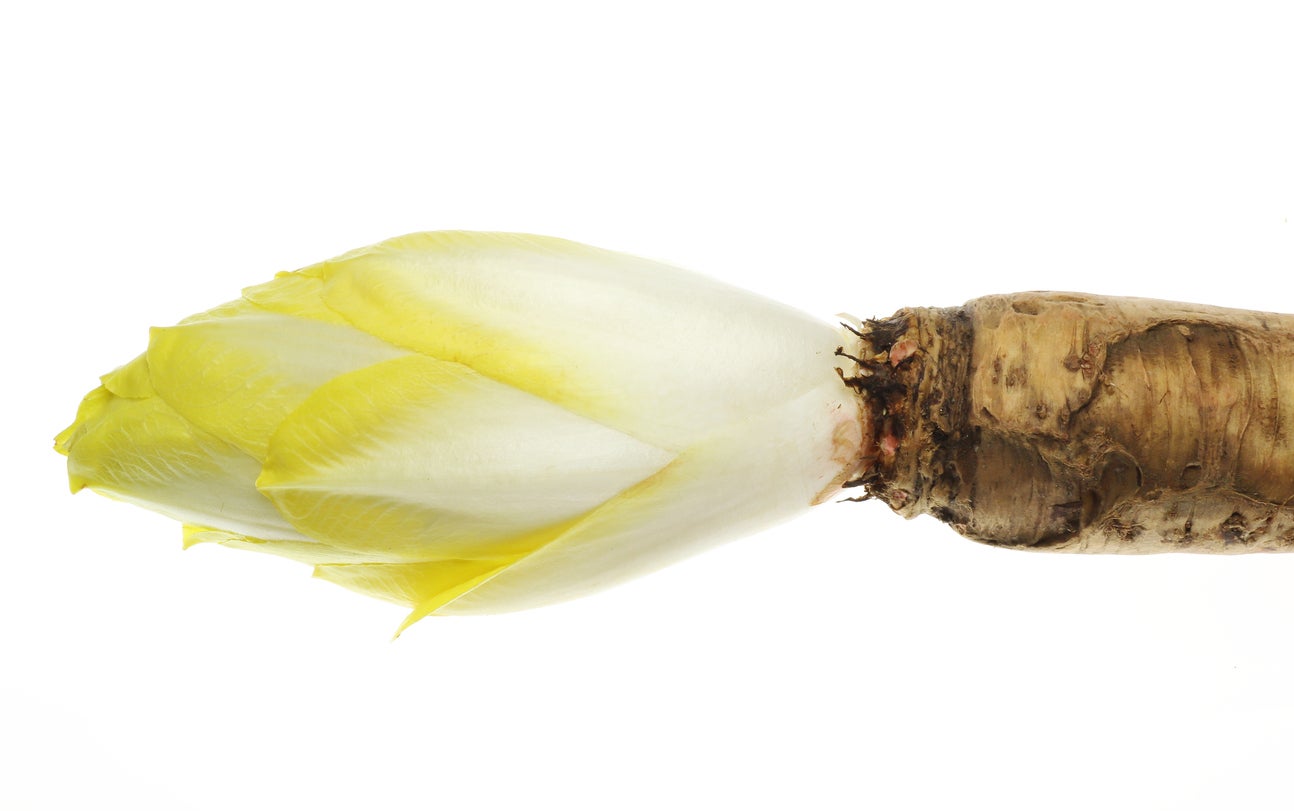 Forcing Chicory Plants – Learn About Chicory Root Forcing
Forcing Chicory Plants – Learn About Chicory Root ForcingHave you ever heard of forcing chicory plants? Chicory root forcing is a common procedure that transforms the roots into something marvelous. If you are growing chicory, and are wondering “should I force chicory,” the resounding answer is yes! Learn more here.
By Amy Grant
-
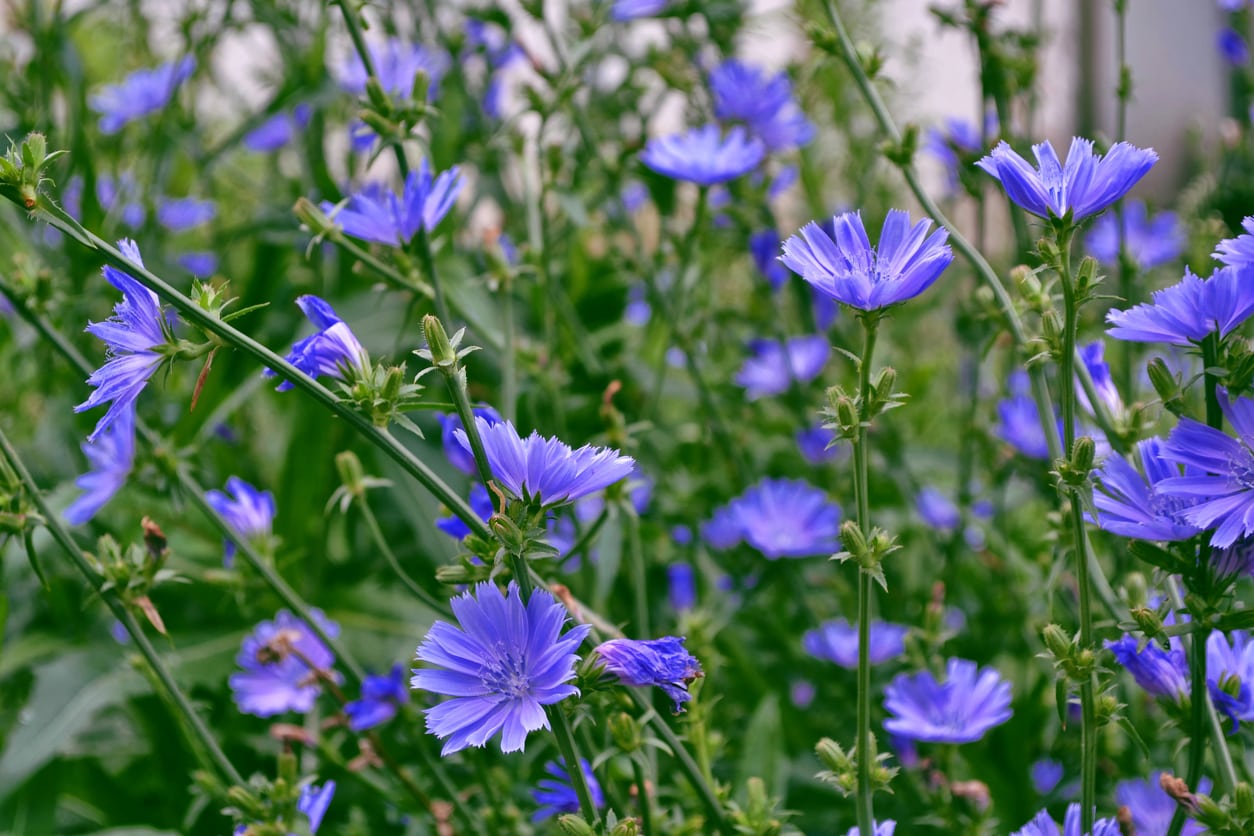 Is Chicory An Annual Or Perennial: Learn About Chicory Lifespan In Gardens
Is Chicory An Annual Or Perennial: Learn About Chicory Lifespan In GardensPlant lifespan is often a subject of debate. For instance, many annuals in the north are actually perennials or biennials in the south. So, is chicory an annual or perennial? Click this article to see which… or if there is a third, unexpected choice.
By Bonnie L. Grant
-
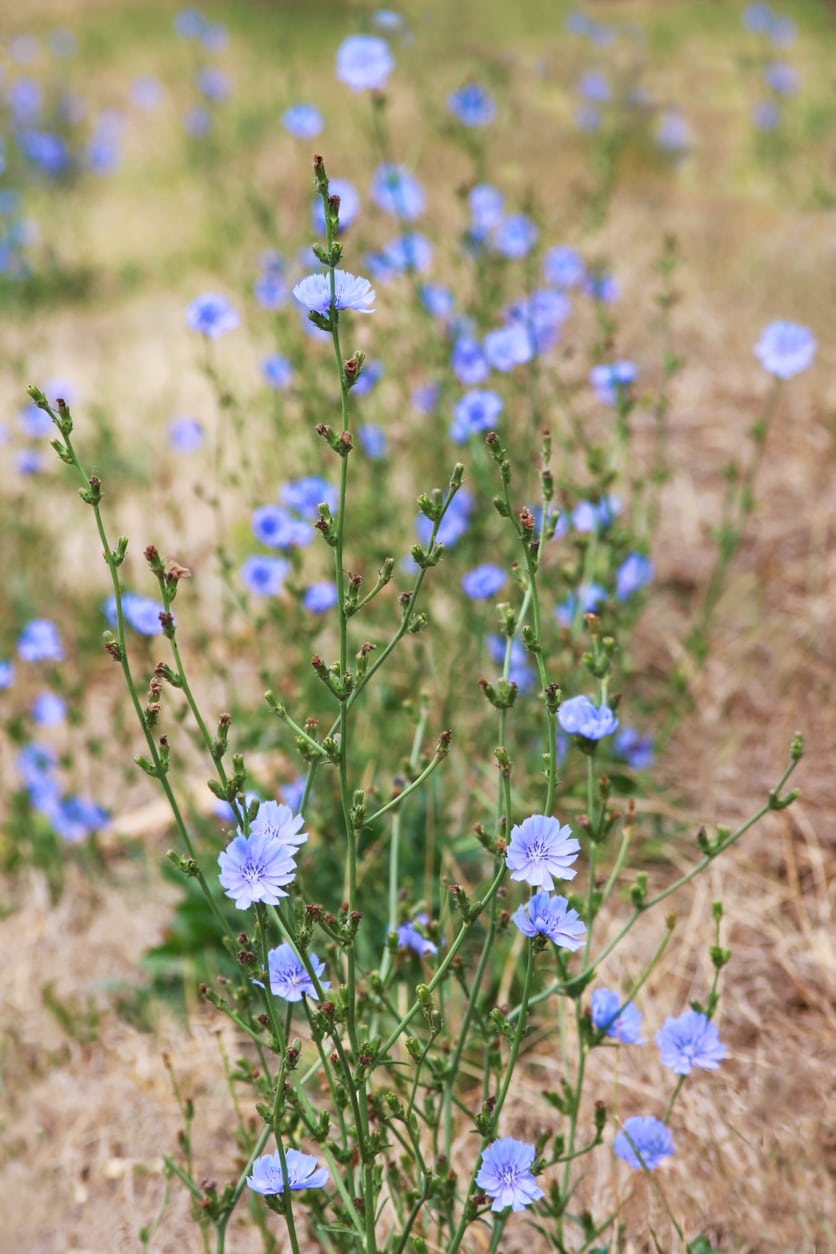 Treating Sick Chicory Plants: Learn About Common Chicory Diseases
Treating Sick Chicory Plants: Learn About Common Chicory DiseasesIf you are growing chicory in your garden, it is disappointing to see sick chicory plants. If this happens to you, you probably want some answers on “what’s wrong with my chicory.” Click this article for a discussion of chicory plant problems.
By Teo Spengler
-
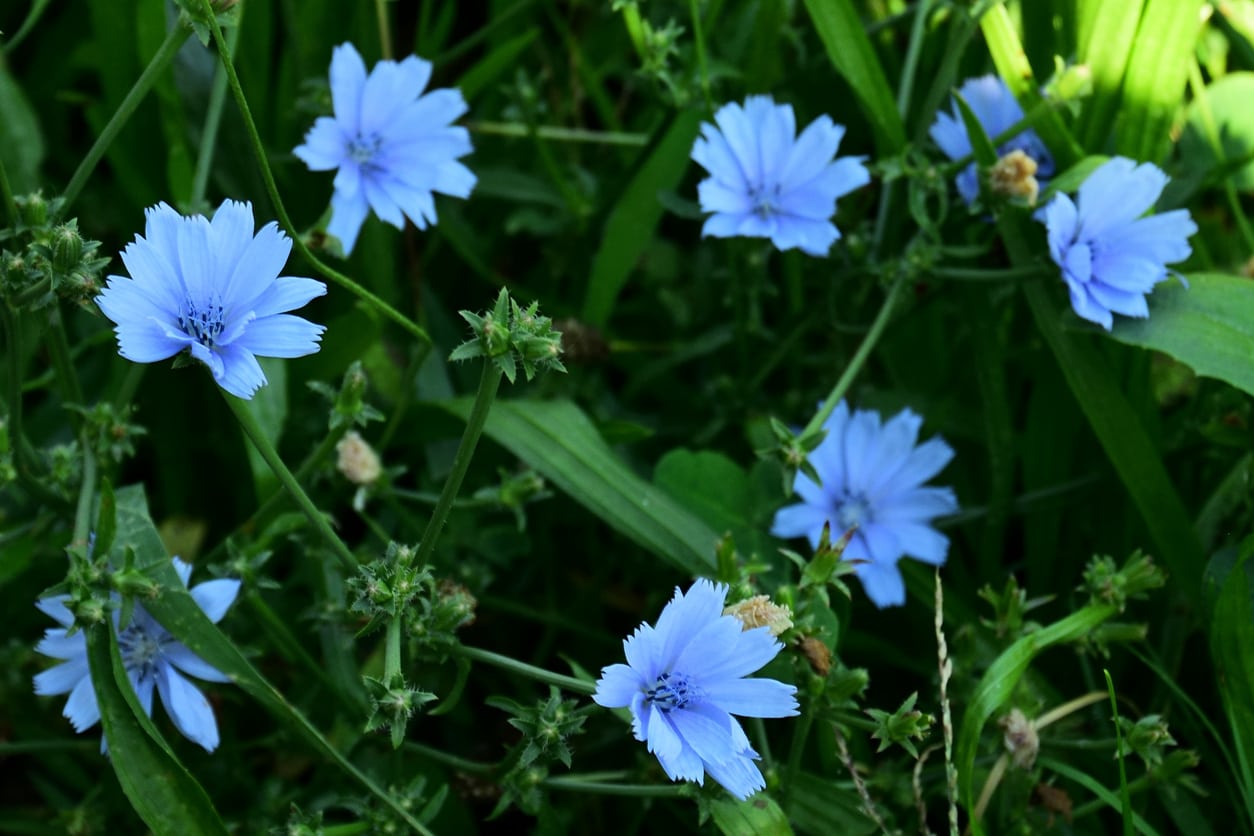 Potted Chicory Care – Can You Grow Chicory In A Container
Potted Chicory Care – Can You Grow Chicory In A ContainerGenerations of herbalists have used this chicory herb as a treatment for maladies ranging from upset stomach and jaundice to fever and gallstones. Growing potted chicory plants is a great way to enjoy them up close and in small spaces. Click here to learn more.
By Mary H. Dyer
-
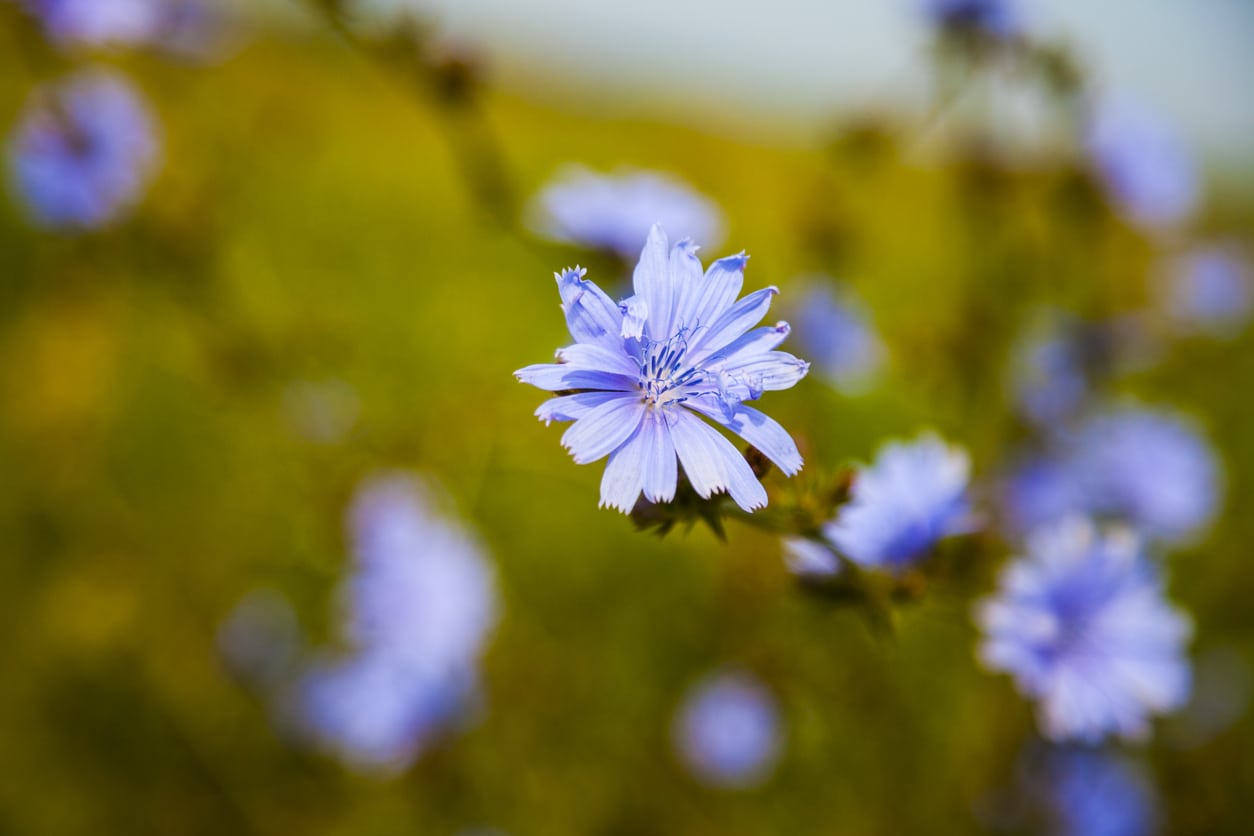 Types Of Chicory – Chicory Plant Varieties For Gardens
Types Of Chicory – Chicory Plant Varieties For GardensIf you decide to plant chicory in your garden, you’ll want to scope out different chicory plant varieties. Each has its own characteristics, uses, and growth requirements. Click here to learn about different chicory plants and how to choose among the many varieties of chicory.
By Teo Spengler